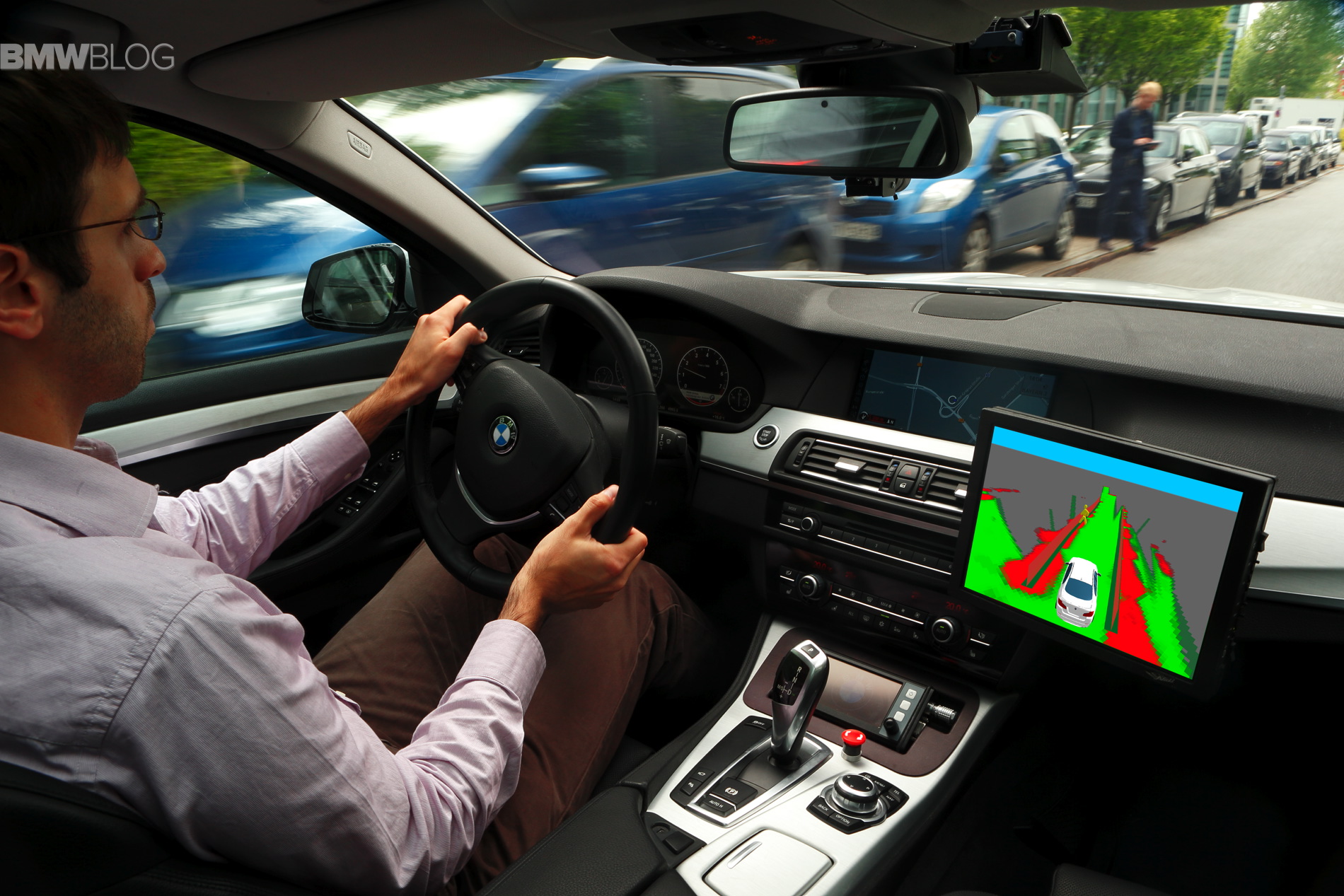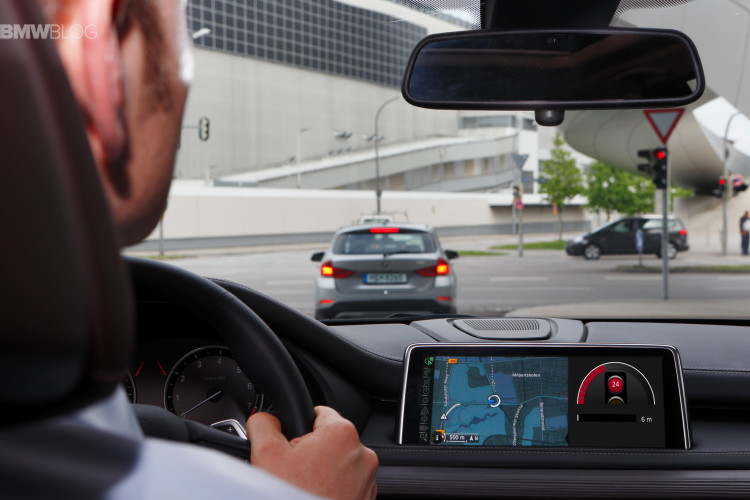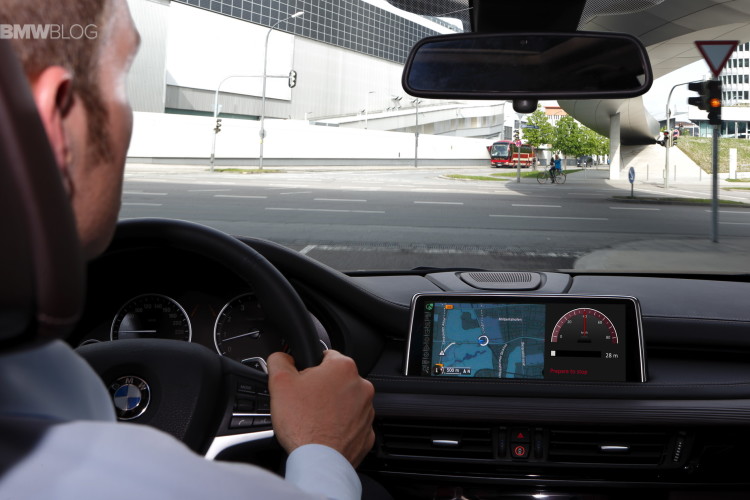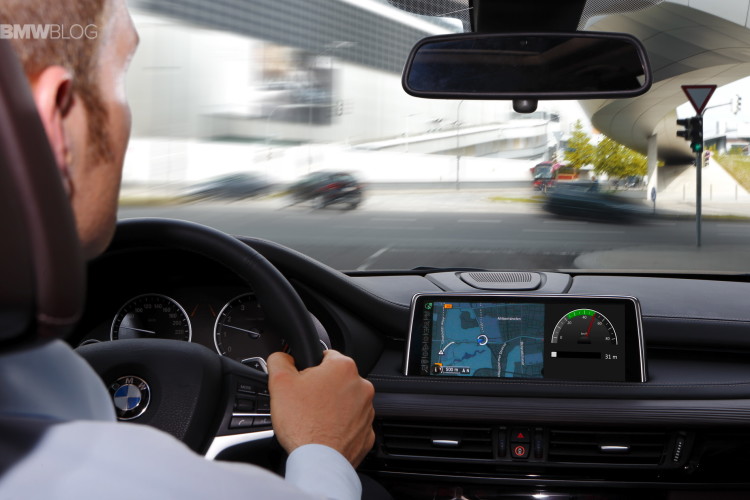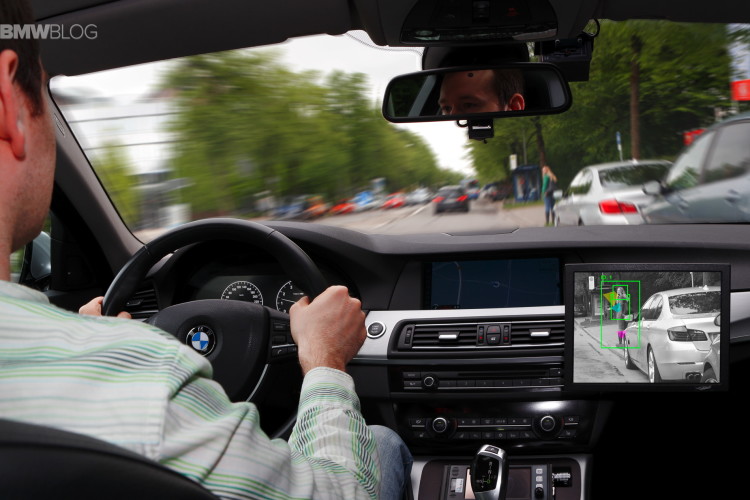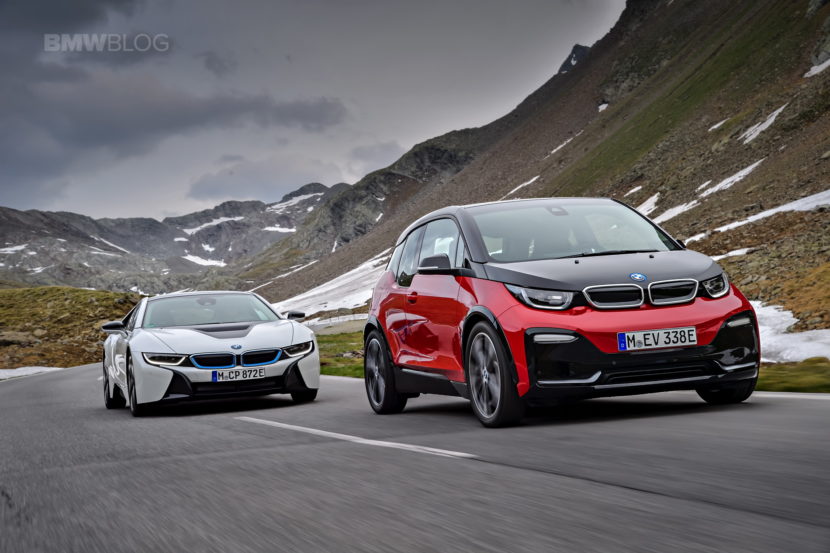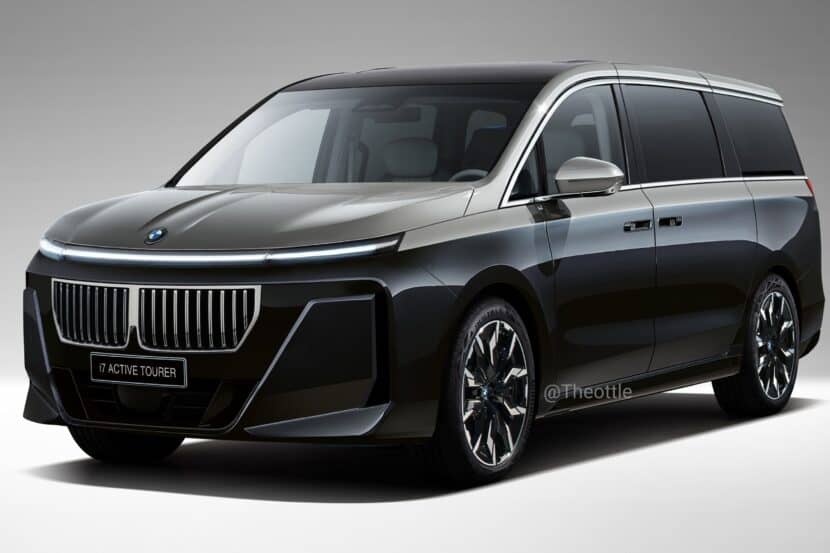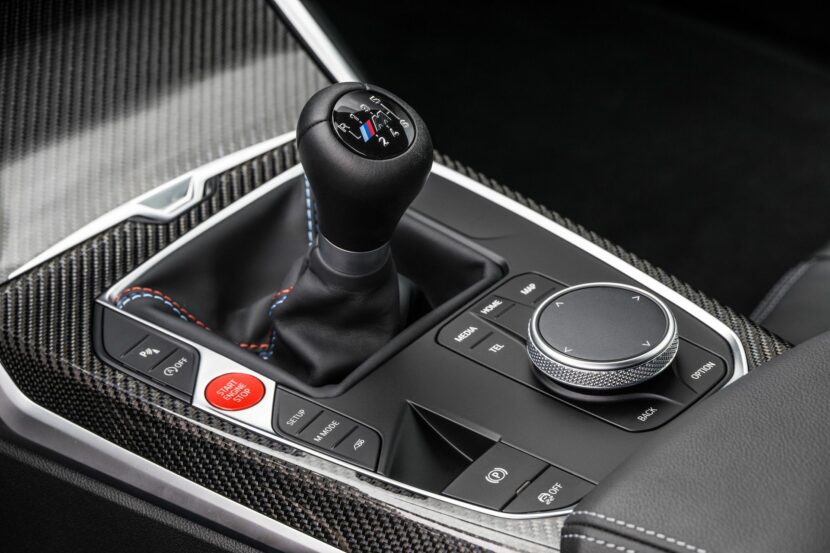Increasing urbanisation means that city traffic networks are reaching their capacity limits ever more frequently. Driving in urban areas means having to deal with complex traffic situations involving many different road users, and there is a growing risk of congestion and accidents in our cities. Traffic systems need to be able to handle the strain, however, if the future of unrestricted mobility is to be preserved.
As a world-leading manufacturer of premium automobiles, the BMW Group is playing an active role in shaping personal and sustainable mobility. Specialists from the BMW Group are therefore also involved in the research initiative entitled UR:BAN (German acronym standing for Urban Space: User-oriented assistance systems and network management) and working on the development of cooperative and intelligent driver assistance and traffic management systems.
“This will enable us to further increase safety, efficiency and comfort in urban areas to significant effect,” explains Dr Christoph Grote, Managing Director of BMW Forschung und Technik GmbH. One of the main focal points is humans and the many different roles they play in the traffic system – be it as a motorist, motorcyclist, cyclist, pedestrian or traffic planner. For this, the research initiative has brought together 31 partners from the automotive industry and its suppliers, the fields of electronics and software, as well as from research institutes and cities. Running from 2012 until 2016 and funded by the German Federal Ministry for Economic Affairs and Energy (BMWi), the initiative comprises three separate projects: “Cognitive Assistance”, “Networked Traffic System” and “Human Factors in Traffic”. The BMW Group is making key contributions to all three projects.
The interim results were presented today at the UR:BAN midterm event held at the German Aerospace Centre (DLR) in Braunschweig.
Increased safety with “Cognitive Assistance”.
Today’s driver assistance systems are designed first and foremost to make driving on motorways safer and more comfortable. There is a whole new set of challenges to be tackled in city traffic, however, where motorists also have to watch out for cyclists and pedestrians. The methods for detecting situations and dangers and for aiding drivers’ braking and steering reactions that already work successfully on motorways need to be adapted accordingly.
As part of the sub-project “Protection of Vulnerable Road Users”, BMW Forschung und Technik GmbH is developing a driver assistance system to help protect pedestrians: the system analyses the situation and the pedestrian’s behaviour to assess whether there is a risk of collision with the vehicle. Accidents with pedestrians can be avoided by braking, steering or a combination of the two. In a BMW 5 Series research vehicle it is already possible to recognise detailed features of a pedestrian – i.e. the head and upper part of the body – and to classify the direction in which the pedestrian is moving.
If driver assistance systems that effectively prevent accidents are to work in an urban environment, they need a reliable and complete “picture” of their surroundings and must also be able to correctly interpret complex situations involving many different protagonists and boundary conditions. BMW Forschung und Technik GmbH is therefore working on the development of powerful assessment algorithms for fusing data and evaluating situations in a cross-disciplinary sub-project designated “Measurement and Modeling of the Environment”.
At the midterm event, object detection was demonstrated along with free space or generic object detection using grids. The aim is to develop a system of 360° environment modelling for urban scenarios to be used by multiple driver assistance systems.
Energy-efficient driving with a “Networked Traffic System”.
Urban traffic today holds relatively high potential for further improving traffic efficiency and thereby lowering CO2 emissions. In the “Urban Roads” sub-project, BMW AG has therefore joined forces with other project partners to develop a Green Coordination and Deceleration Assistant. This makes use of predictive information on the switching times of traffic lights and the local traffic situation ahead of junctions to unlock previously unused potential for increasing traffic efficiency while as reducing fuel and noise emissions at traffic light-controlled junctions. Consequently, directing the traffic flows in this way also opens up the possibility of making the most of the different drive systems in today’s cars, such as electric and hybrid drives.
The Green Coordination and Deceleration Assistant has been implemented in a BMW X5 and a BMW 4 series test vehicle. The project thereby showcases how communications could be channelled from the traffic infrastructure to vehicles via traffic control centres and the Mobility Data Marketplace (MDM). The first field tests are due to begin this year at the test facilities in Düsseldorf and Kassel. The results will be incorporated directly into an impact analysis to confirm the gain in efficiency.
Anticipatory and comfortable driving with “Human Factors in Traffic”.
The “Humans Factors in Traffic” project is creating innovative new display and control concepts to enable vehicles to turn into “active helpers” in the event of danger.
In the “Controllability” sub-project, BMW AG and BMW Forschung und Technik GmbH have united with higher education partners and research institutes to devise a standardised and methodical basis for an efficient and valid form of verifying the controllability of functions and HMI concepts, with the focus on situations where time is a critical factor.
The “Behaviour Prediction and Intention Detection” sub-project, meanwhile, centres on the development of methods for detecting the driver’s intentions at the earliest stage possible in order to align the assistance system’s suggestions with what the driver plans to do.


